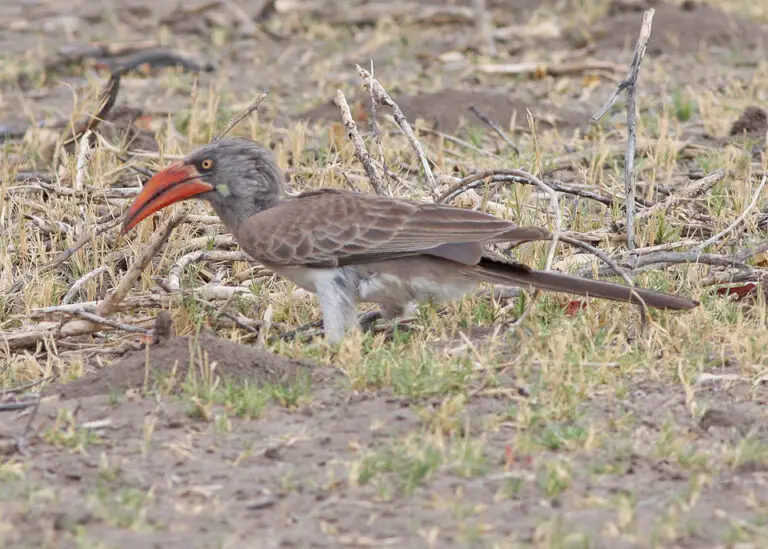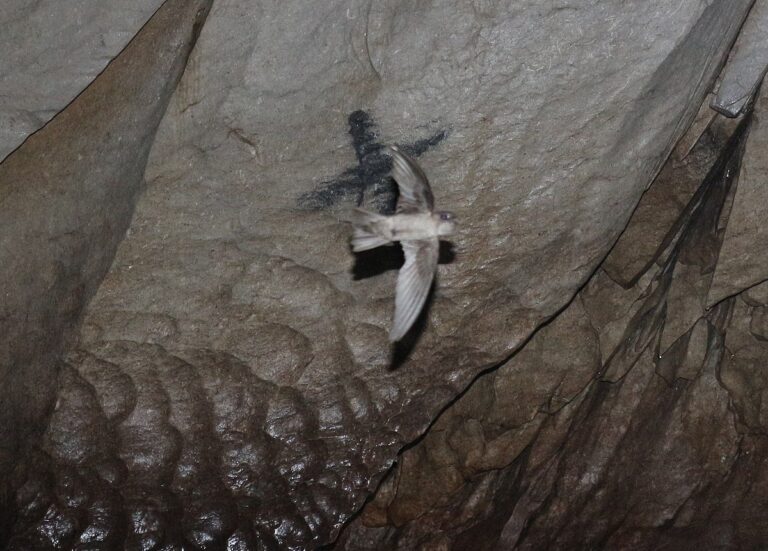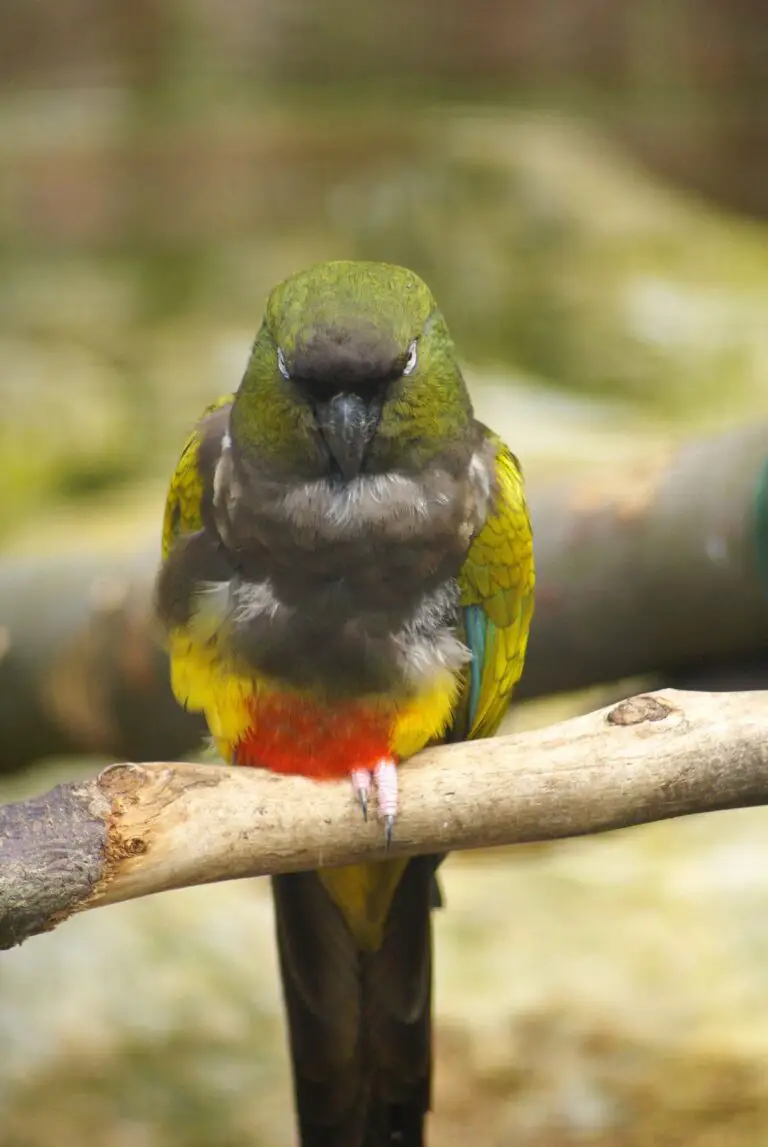Crane(Gruidae)
Crane Scientific Classification
- Kingdom: Animalia
- Phylum: Chordata
- Class: Aves
- Order: Gruiformes
- Family: Gruidae
- Scientific Name: Gruidae
For further exploration on animal classification, delve into our Complete Guide to Animal Taxonomy.
Crane Locations:
- Africa
- Asia
- Eurasia
- Europe
- North America
- Oceania
Crane Facts
- Main Prey: Insects, Fish, Grain
- Distinctive Feature: Large body size and long beak
- Wingspan: 1.8m – 2.4m (71in – 95in)
- Habitat: Temperate wetlands
- Predators: Foxes, Eagles, Wildcats
- Diet: Omnivorous
- Lifestyle: Flock-oriented
- Favorite Food: Insects
- Type: Bird
- Average Clutch Size: 4 eggs
- Slogan: Many are critically endangered species!
Crane Physical Characteristics
- Color: Brown, Grey, Red, Blue, Black, White
- Skin Type: Covered in feathers
- Top Speed: 25 mph
- Lifespan: 15 – 30 years
- Weight: 3.7kg – 10kg (8.2lbs – 22lbs)
- Length: 1m – 1.4m (40in – 55in)
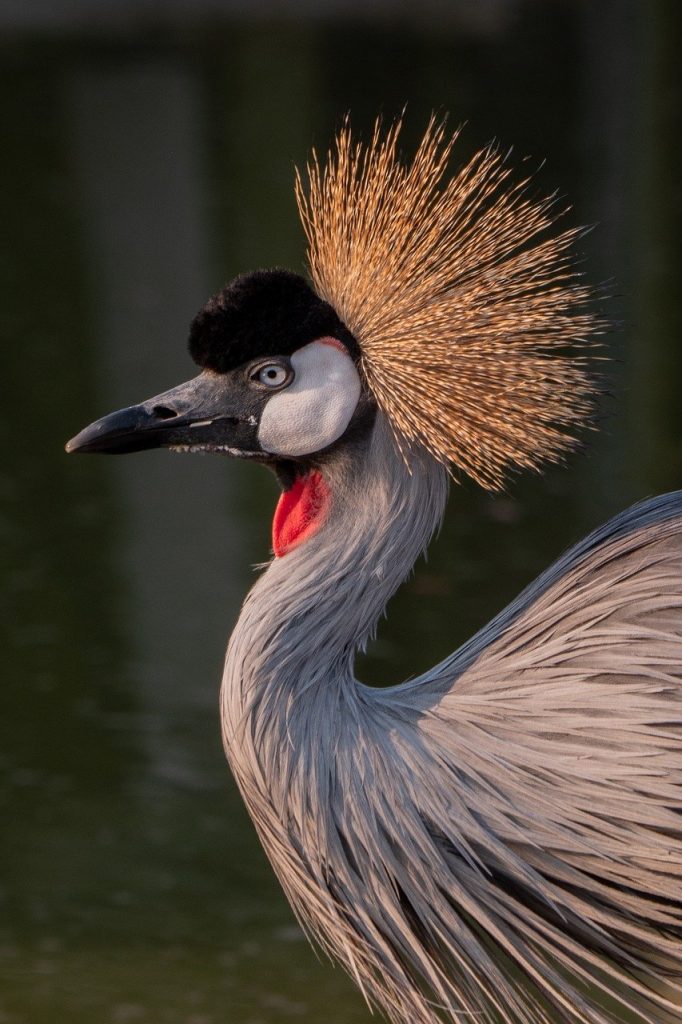
Cranes dance to attract a mate!
Cranes represent a diverse group of majestic birds characterized by their towering stature and elongated legs. Across the globe, there exist 15 distinct species of these avian wonders, often adorned in hues of brown, white, or gray. These graceful creatures inhabit every continent save for South America and Antarctica, with a penchant for breeding in northern regions and migrating southward to bask in warmer climates during the winter months.
Among these avian giants, the whooping crane stands as America’s largest bird, towering at an impressive five feet in height and boasting wingspans that can stretch up to seven feet. Renowned for their gregarious nature, cranes are highly social beings, often engaging in intricate dances as part of their courtship rituals to secure lifelong companionships. Their captivating displays serve as a testament to both their elegance and their commitment to fostering enduring bonds within their communities.
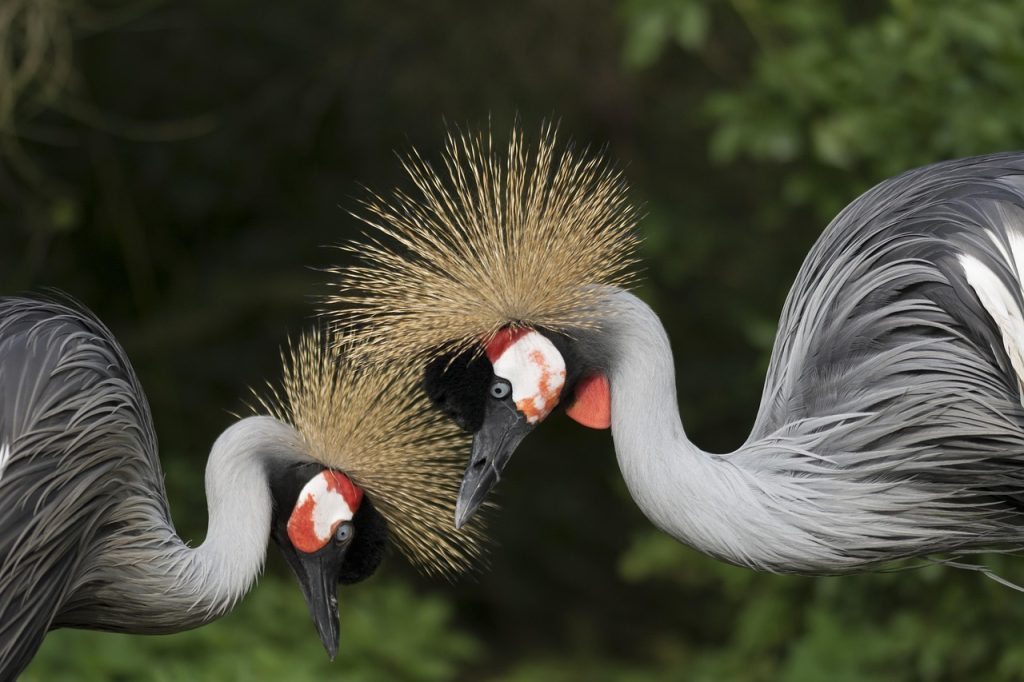
5 Crane Facts:
Here are 5 fascinating facts about cranes:
- Diversity: Currently, there are 15 distinct species of cranes inhabiting our planet, each with its own unique characteristics and habitats.
- Flight Style: Cranes are renowned for their distinctive flying posture, with their long necks and legs gracefully extended as they soar through the skies.
- Varied Diet: These adaptable birds are omnivores, meaning they consume a wide range of foods, including plants, insects, and small animals.
- Social Behavior: Cranes are highly sociable creatures, often congregating in large flocks to forage, roost, and engage in communal activities. Additionally, they form enduring bonds with their mates, remaining faithful for life.
- High-Flying: In their quest for migration and exploration, cranes can reach astonishing altitudes, with their flight taking them soaring as high as 26,000 feet above the earth’s surface.
Scientific Name:
Across five continents, fifteen distinct species of these remarkable birds thrive. Unified under the classification of class Aves, order Gruiformes, superfamily Gruoidea, and family Gruidae, these avian wonders captivate observers with their grace and majesty.
The term “crane” finds its origins in the Germanic languages, with “Kran” in German and “kraan” in Dutch. Evolving alongside history, in the 16th century, Middle English embraced “crane” as the descriptor for these birds, reflecting their characteristic cry. Over time, the word has expanded in meaning, encompassing not only the avian species but also describing the act of stretching one’s neck or limbs in a manner reminiscent of the crane’s elegant posture, as in the expression, “He craned his neck.”
Evolution
Belonging to the order Gruiformes, cranes share evolutionary ties with other avian families such as rails (Rallidae), finfoots (Heliornithidae), and limpkins (Psophiidae). This kinship underscores their place within the broader avian landscape.
Scientific inquiry suggests that the extant genera of cranes, including Antigone, Balearica, Grus, and Leucogeranus, emerged roughly 20 million years ago during the early stages of the Miocene epoch, which spanned from approximately 23 to 5.33 million years ago.
Asia stands as the primary stronghold for crane diversity, hosting eight distinct species. Following closely, Africa boasts five species, among which two exhibit arboreal tendencies. Meanwhile, North America and Australia each harbor two species, contributing to the global distribution and ecological significance of these remarkable birds.
Types of Crane
Various subspecies of cranes inhabit diverse warm-season habitats across the globe:
Common Crane (Grus grus):
- Found in Europe
- Measures up to 51 inches in length and weighs over 13 lbs
- Boasts a wingspan of about 8 feet
Red-Crowned Crane (Grus japonensis):
- Native to East Asia
- Recognized by the distinctive patch of red skin on their crowns
- Can grow to heights of 5 feet 2 inches and weigh up to 23 lbs
Sandhill Crane (Antigone canadensis):
- Inhabits regions of Siberia and North America
- Typically gray in color
- Reaches a maximum height of 4 feet 6 inches and an average weight of 10 lbs
Sarus Crane (Antigone antigone):
- Found in India, Southern Asia, and Australia
- Tallest flying bird, standing up to 5 feet 11 inches tall
- Capable of weighing up to 26 lbs
Whooping Crane (Grus americana):
- Indigenous to North America
- Can attain heights of 5 feet 3 inches and weigh 19 lbs
- Boasts a wingspan of about 7 feet 7 inches
Other notable subspecies include:
- Demoiselle Crane (Anthropoides virgo)
- Blue Crane (Anthropoides paradiseus)
- Wattled Crane (Bugeranus carunculatus)
- Siberian Crane (Leucogeranus leucogeranus)
- Hooded Crane (Grus monacha)
- Black Crowned Crane (Balearica pavonina)
- Grey Crowned Crane (Balearica regulorum)
- Brolga (Antigone rubicunda)
- White-Naped Crane (Antigone vipio)
- Black-Necked Crane (Grus nigricollis)
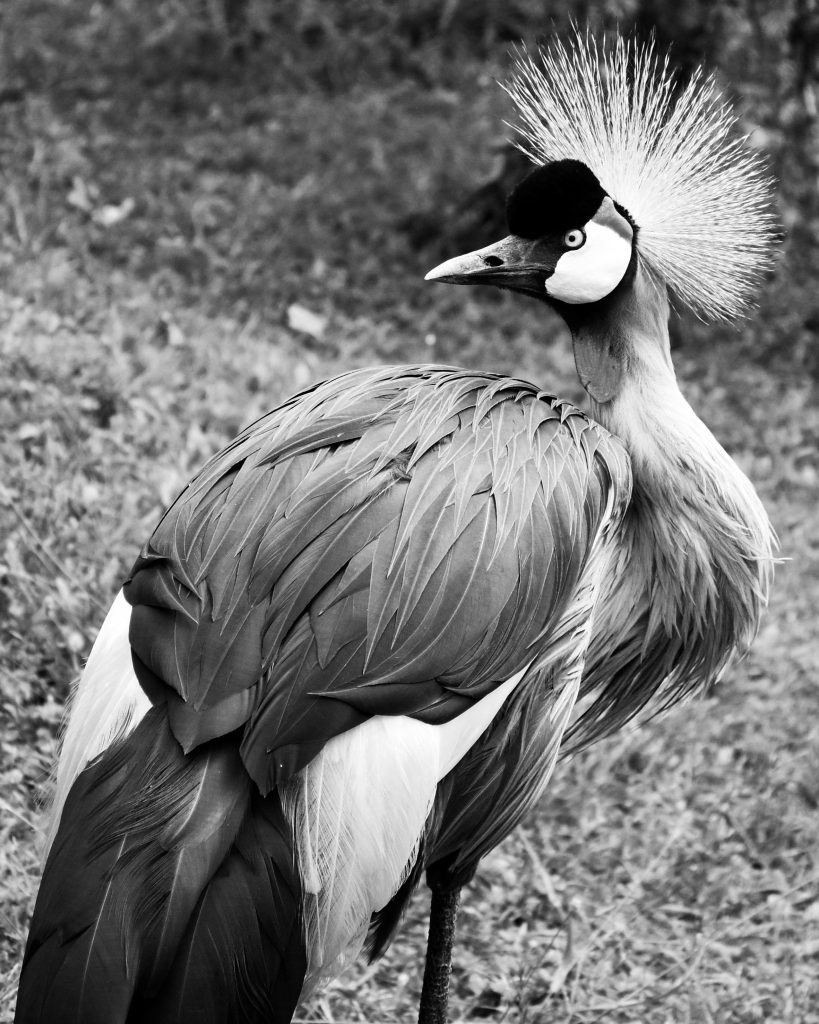
Appearance & Behavior
Cranes, the world’s tallest flying birds, boast a remarkable range in size, spanning from a mere 35 inches to an impressive 69 inches in length. Among them, the Demoiselle Crane holds the title of the smallest, while the Sarus Crane reigns as the longest. However, it’s the Red-Crowned Japanese Crane that claims the heavyweight championship, tipping the scales at up to 26 pounds before embarking on its seasonal migrations.
Characterized by their long legs, elongated necks, expansive wings, and sleek bodies, these avian marvels exhibit variations in wingspan, with a distinctive rounded appearance to their wings. While males and females share similar appearances, males typically boast slightly larger dimensions.
Feathers and markings of cranes exhibit diversity corresponding to their habitats. Those inhabiting open wetlands often showcase more white in their plumage, contrasting with species dwelling in forests or smaller wetlands, which tend toward grayer tones. Remarkably, the white-plumed species tend to grow larger in size. Smaller forest-dwelling birds, with their darker hues, adeptly blend into their surroundings, especially during nesting, with Sandhill and common cranes even applying mud to their feathers for enhanced camouflage against predators.
With bare skin on their faces, cranes utilize facial expressions to communicate, expanding and relaxing facial muscles to convey messages and alter their facial coloration. Additionally, Blue, Wattled, and Demoiselle cranes employ head feather movements as signals within their flocks.
Unique throat structures facilitate vocal communication among cranes, with variations in windpipe length and bone structure contributing to the richness and range of their calls. Some species’ calls can travel for miles, forming an intricate auditory landscape. From hatchling to adulthood, cranes develop a complex vocabulary, encompassing calls for food, alarm, flight readiness, and social interaction. Remarkably, they recognize one another by their distinct calls, even engaging in duets.
During the breeding season, territoriality reigns supreme among cranes, with individuals fiercely guarding their domains. In contrast, non-breeding periods witness the formation of expansive flocks, where socialization, communal feeding, and rest are the norms. While plant-eating cranes congregate in large flocks for feeding, meat-eating species often feed in family units, reuniting with the flock for rest and travel. The strength of these communal bonds ensures safety during rest, protection of offspring, and opportunities for social interaction among these magnificent birds.
Habitat
These birds inhabit every continent except South America and Antarctica, with Africa and East Asia boasting the greatest diversity within a single region. Africa hosts eight crane species, while East Asia sees six species during peak seasons. Each of the 15 distinct crane species within the broader family exhibits unique preferences for habitat.
A significant portion of crane species rely on wetlands and expansive, open areas for their survival. Many nest in the shallows of wetlands, while some relocate their chicks to grassy lands for daytime foraging, although exceptions exist. Notably, the two types of African crowned cranes diverge from this pattern, choosing to roost in trees rather than wetlands.
While some crane species are sedentary, remaining in a single region year-round, others embark on seasonal migrations to warmer climates. For those undertaking migratory journeys, the distances traveled can span thousands of miles as they return to their breeding grounds.
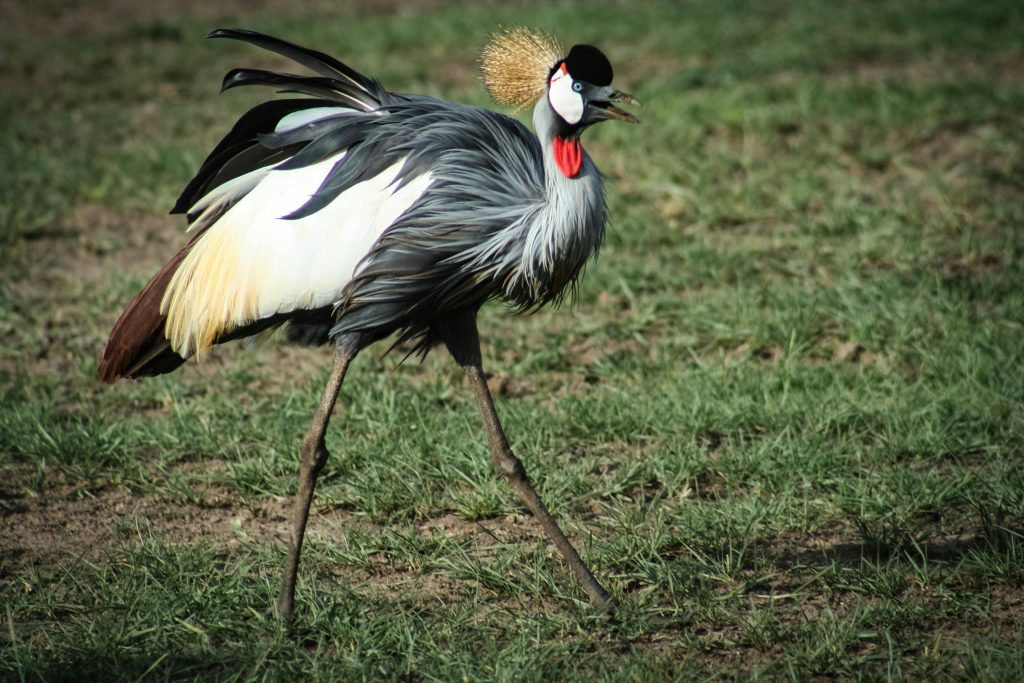
Food regimen:
These birds exhibit omnivorous dietary habits, consuming a diverse array of both plant and animal matter. On land, their preferred foods encompass seeds, nuts, acorns, leaves, berries, and fruits, alongside insects, birds, small reptiles, mammals, snails, and worms. In wetland habitats, they supplement their diet with roots, tubers, rhizomes, snails, frogs, and small fish. Their dietary preferences demonstrate adaptability, varying according to their location, seasonal changes, and food availability. Notably, birds with shorter beaks gravitate towards dry upland foods, while those with longer bills favor wetland fare.
When foraging in wetlands, these birds engage in intricate feeding behaviors, such as digging for tubers and rhizomes, which necessitates prolonged stays in one location as they meticulously excavate and explore for these hidden treasures. Adopting a methodical approach, they lower their heads and cautiously advance, using their bills to probe for insects and small prey.
To mitigate competition for resources, species residing in close proximity adopt distinct habitats, thus minimizing the risk of overexploitation and ensuring equitable access to nourishment. For instance, in regions like China, Siberian cranes favor shallow waters and mudflats for feeding, while neighboring White-Naped cranes opt for the edges of wetlands. Concurrently, Hooded cranes inhabit meadows and agricultural fields, coexisting with common Eurasian cranes while foraging for sustenance.
Predators & Threats
Adult cranes, with their imposing size, generally face few predators within their natural habitats. However, certain formidable predators do pose a threat, notably large birds of prey like owls and eagles, as well as terrestrial predators such as foxes and wildcats. Chicks, in particular, are highly vulnerable to predation by these ground-based threats.
Urbanization and human encroachment present significant challenges to crane populations by encumbering their habitats. As human development expands, it encroaches upon the breeding, roosting, nesting, and feeding grounds crucial to crane survival. This displacement disrupts their natural behaviors and can lead to declines in population numbers as cranes are forced to seek alternative habitats or face increased competition for resources.

Reproduction, Babies, & Lifespan
These birds exemplify monogamy, forming lifelong pair bonds with a mate they typically find during their second or third year of life. However, successful breeding usually doesn’t occur until several years later. To court a mate, young birds engage in elaborate mating dances, characterized by wing flapping, bowing, jumping, and presenting small tokens like sticks or plants.
Initial breeding attempts often result in failure, with some pairs undergoing what researchers term a “divorce” as they seek new partners. However, as long as breeding is successful, a male and female crane will remain together in their lifelong partnership.
In a study of Sandhill cranes in Florida, researchers observed that seven out of 22 pairs stayed together for an impressive 11 years. Among the pairs that separated, over half of the splits occurred due to the death of one of the birds, while a smaller percentage ended in divorce. For some pairs, the fate of 29 percent remained untraceable.
Breeding among these birds is timed according to the species’ individual breeding seasons, which are influenced by local climate and environmental conditions. Migratory birds typically breed upon reaching their summer habitats, from late spring to early summer, while tropical species prefer to breed during wet or monsoon seasons.
Eggs typically hatch approximately a month after being laid. The parents diligently care for the chicks until they are capable of flying away from the nest, usually around two months after hatching. Young cranes reach reproductive maturity between three to five years of age.
In the wild, cranes have an average lifespan of 20 to 30 years, although exceptional cases, like that of a Siberian crane living to 83 years in captivity, highlight their potential for longevity.
Population
The conservation status of each crane species varies widely, reflecting the unique challenges faced by individual populations. Here’s a breakdown of the conservation status of the 15 types of cranes according to the International Union for Conservation of Nature (IUCN):
- Eurasian (Common) Crane: Non-threatened; population estimated at 590,000 to 660,000 birds.
- Sandhill Crane: Non-threatened; population estimated at 670,000 to 830,000 birds.
- Demoiselle Crane: Non-threatened; population estimated at 200,000 to 240,000 birds.
- Blue Crane: Threatened; population estimated at 25,000 to 30,000 birds.
- Wattled Crane: Threatened; population estimated at 6,500 to 8,100 birds.
- Siberian Crane: Critically endangered; population estimated at 3,500 to 3,800 birds.
- Hooded Crane: Threatened; population estimated at 11,550 to 11,650 birds.
- Whooping Crane: Endangered; population estimated at 300 to 310 birds.
- Black Crowned Crane: Threatened; population estimated at 33,000 to 70,000 birds.
- Grey Crowned Crane: Endangered; population estimated at 32,000 to 49,000 birds.
- Sarus Crane: Threatened; population estimated at 24,300 to 26,800 birds.
- Brolga, Australian Crane: Non-threatened; population estimated at 35,000 to 100,000 birds.
- White-Naped Crane: Threatened; population estimated at 5,500 to 6,500 birds.
- Red-Crowned Japanese Crane: Endangered; population estimated at 2,510 to 2,600 birds.
- Black-Necked Crane: Threatened; population estimated at 10,000 to 11,000 birds.
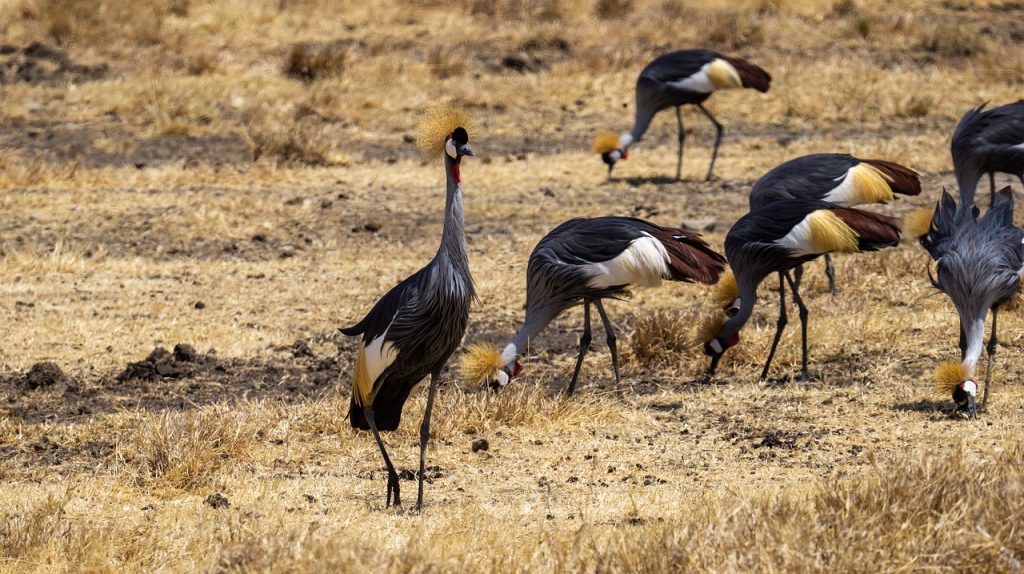
These conservation statuses underscore the importance of targeted efforts to protect and preserve crane populations worldwide, particularly those facing critical endangerment or declining numbers.
How to pronounce Crane in different countries…
- Bulgarian: Жеравови
- Danish: Traner
- German: Kraniche
- English: Crane
- Esperanto: Gruo
- Spanish: Gruidae
- French: Gruidae
- Hebrew: עגוריים
- Croatian: Ždralovi
- Hungarian: Darufélék
- Indonesian: Burung jenjang
- Italian: Gruidae
- Japanese: ツル
- Dutch: Kraanvogels
- Polish: Żurawie
- Portuguese: Gruidae
- Swedish: Tranor
- Turkish: Turnagiller
- Chinese: 鹤科
Frequently Asked Questions About Crane
What is the difference between a crane and a heron?
Are cranes carnivores, herbivores, or omnivores?
How many years does a crane live?
What Kingdom do Cranes belong to?
What’s the difference between a crane and a stork?
How fast is a Crane?
What is an interesting fact about Cranes?
What is the Crane’s wingspan?
Reference:
